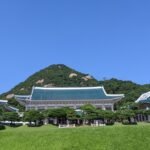About Ibaraki
I didn’t know much at first, only passing through it on my first trip to Tokyo. Since I decided to visit this time, I figured I should learn a bit more about the area. Interestingly, in the national regional brand survey ranking Japan’s 47 prefectures, Ibaraki has ranked last for several years. Because it is so close to Tokyo, most people flying into Ibaraki treat it as a stopover for the capital, seeing it as a rural part of the metropolitan area. Few travelers stay to explore.
In reality, Ibaraki offers a wealth of beautiful scenery, facing the Pacific Ocean with diverse natural landscapes. I find myself increasingly drawn to quieter, less crowded countryside areas, where I can fully experience the simple and unspoiled rural beauty of Japan.
While attractions in Ibaraki are plentiful, they are scattered, and transportation can be inconvenient, making careful planning essential. The region features places like Hitachi Seaside Park, Kairakuen Garden, Fukuroda Falls, Ryujin Suspension Bridge, Mount Tsukuba, Oarai Coast, Ushiku Daibutsu, Kasumigaura Lake, Kashima Shrine, Kasama Inari Shrine, and Hanazono Gorge.
Ibaraki is also known for its specialties, including Hitachi beef, Hitachi autumn soba, monkfish, chestnuts, dried sweet potatoes, natto, and melons. A visit to Japan is the perfect opportunity to indulge in these local delicacies to your heart’s content.
About Tochigi Prefecture
I knew even less about Tochigi Prefecture than I did about Ibaraki. It takes over two hours by shinkansen from either Mito or Tokyo, but since both Nemophila flowers and the wisteria at Ashikaga Flower Park were in full bloom during my visit, I couldn’t pass up the opportunity, no matter the distance.
Tochigi is a place near Tokyo rich in natural beauty and historical culture. In the city of Nikko, there is the famous Toshogu Shrine, along with Nikko Edo Wonderland, which recreates life in the Edo period. You can also see the adorable monkey troupe performing shows there. Tochigi is also known as one of Japan’s top strawberry-producing regions, and all these aspects make it easy to fall in love with the area.
Ibaraki Airport is indeed small, and after just a few turns, we arrived at the bus station.
The airport bus runs very punctually, and there are very few passengers heading to Mito. There’s no need to reserve tickets in advance; you can simply buy them on the spot. The ride takes 40 minutes, with the expressway leading directly to the south exit of Mito Station. Our hotel was conveniently located just to the left of the station.

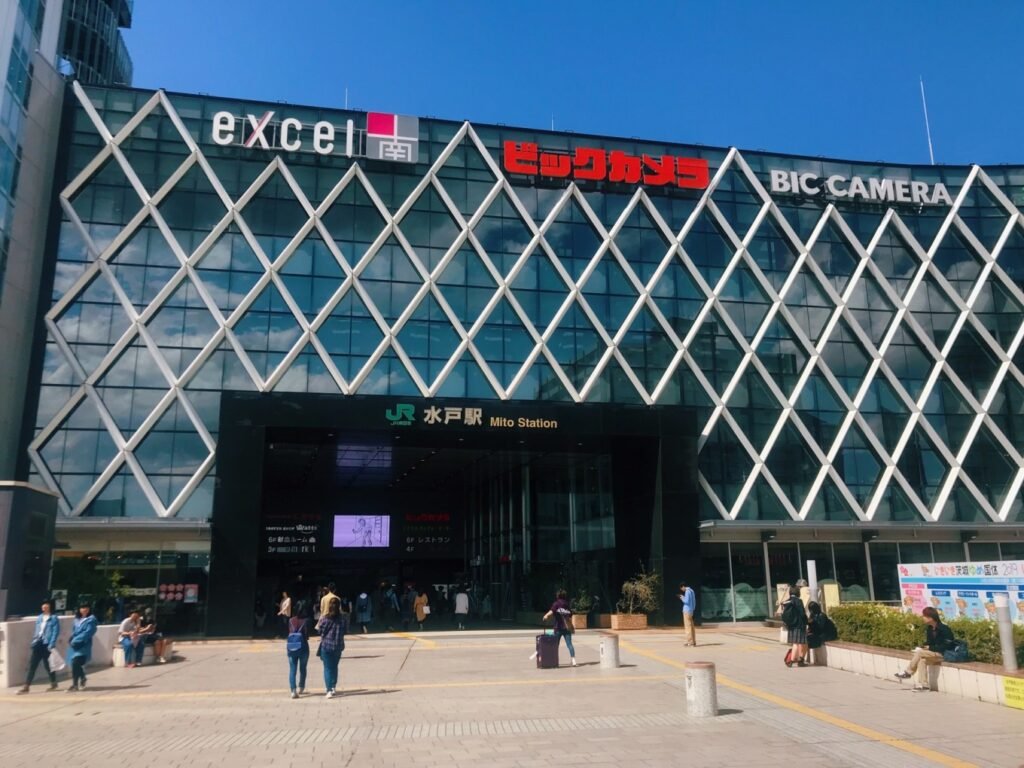
Senba Lake Trail
Strolling along the Senba Lake trail, with blue skies, white clouds, and a gentle breeze, felt incredibly relaxing. Both sides of the lake are lined with cherry blossom trees, and during cherry blossom season, it must look like a dream. Even though only a few petals remained, a hint of romance still lingered in the air.
As we walked along the lakeside, we spotted plump black-and-white swans everywhere. Similar to the “Beware of Bears” signs in Hokkaido, Senba Lake offers its own version: “Beware of Swans.” What I thought was just a swan resting on the shore turned out to be guarding several large swan eggs — much bigger than I expected!
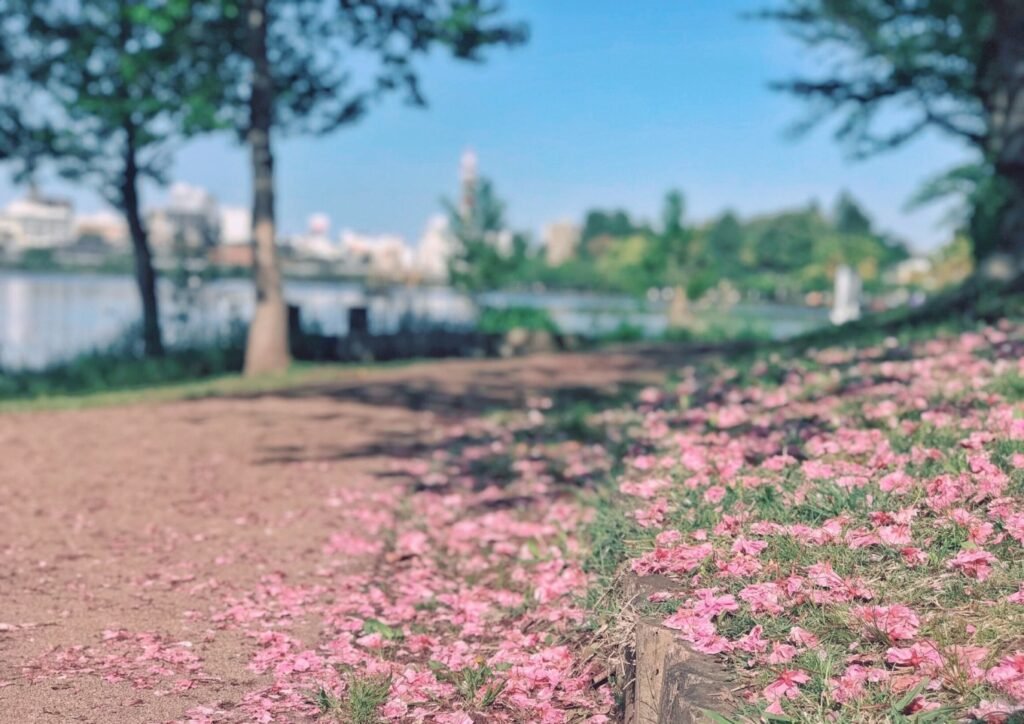
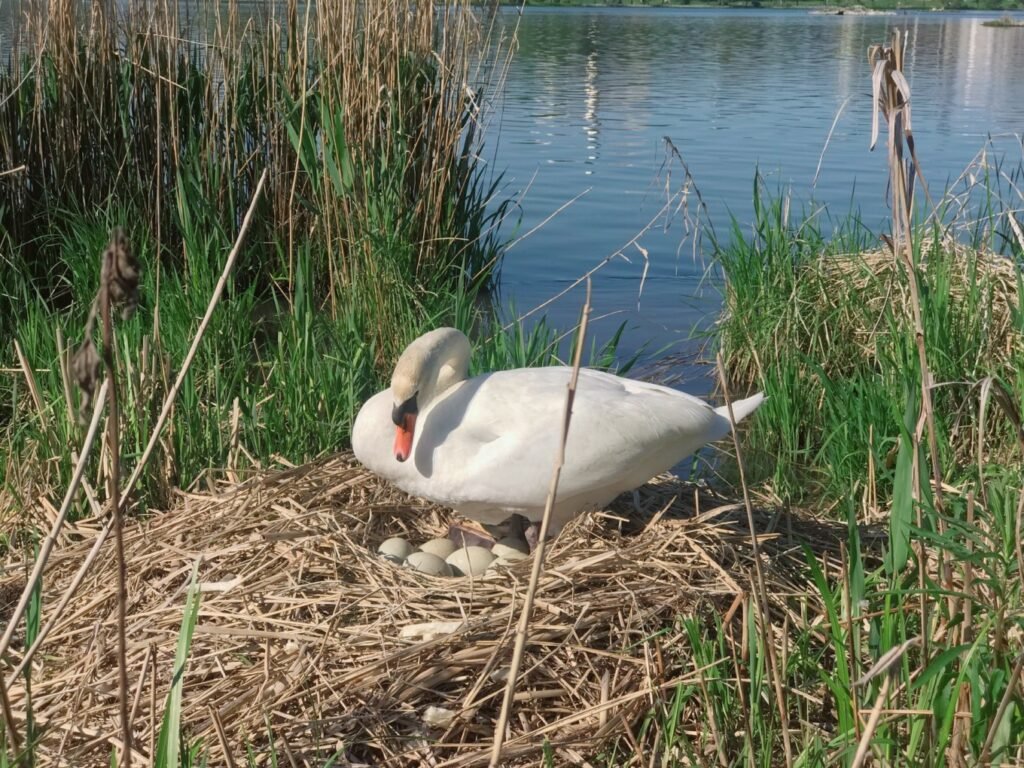
On a sunny afternoon, feeling tired from the walk, we stopped by the lakeside to enjoy a moment of relaxation and ease. We also passed by a festival in the park, where the variety of delicious food was simply overwhelming.

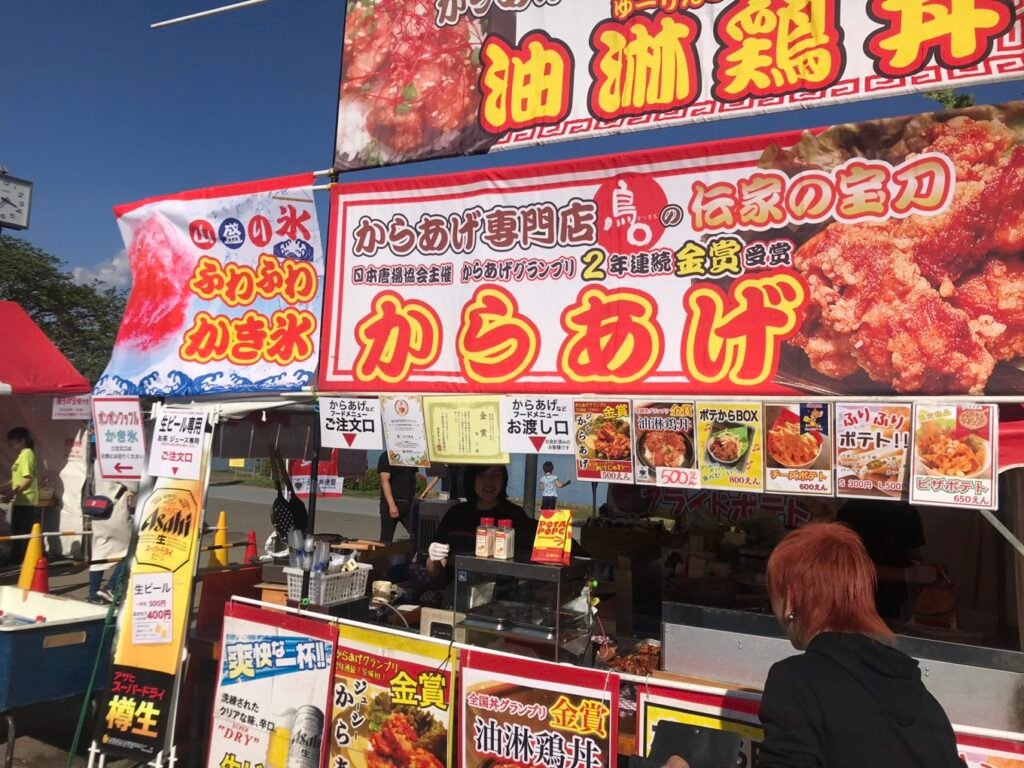
Kairakuen Garden
Kairakuen Garden, located in Mito City, Ibaraki Prefecture, is one of Japan’s Three Great Gardens, alongside Kenrokuen in Kanazawa and Korakuen in Okayama. Historically, the garden was open to the public on the 3rd and 8th days of each month, allowing ordinary citizens within the domain to enjoy it. This inclusive spirit gave the garden its name, “Kairakuen,” meaning “a garden to enjoy together.”
This tradition of openness continues today, making Kairakuen the only one of the Three Great Gardens with free admission. In July 1999, Kairakuen merged with the neighboring Senba Park to form “Kairakuen Park,” making it the second-largest urban park in the world, second only to Central Park in New York.
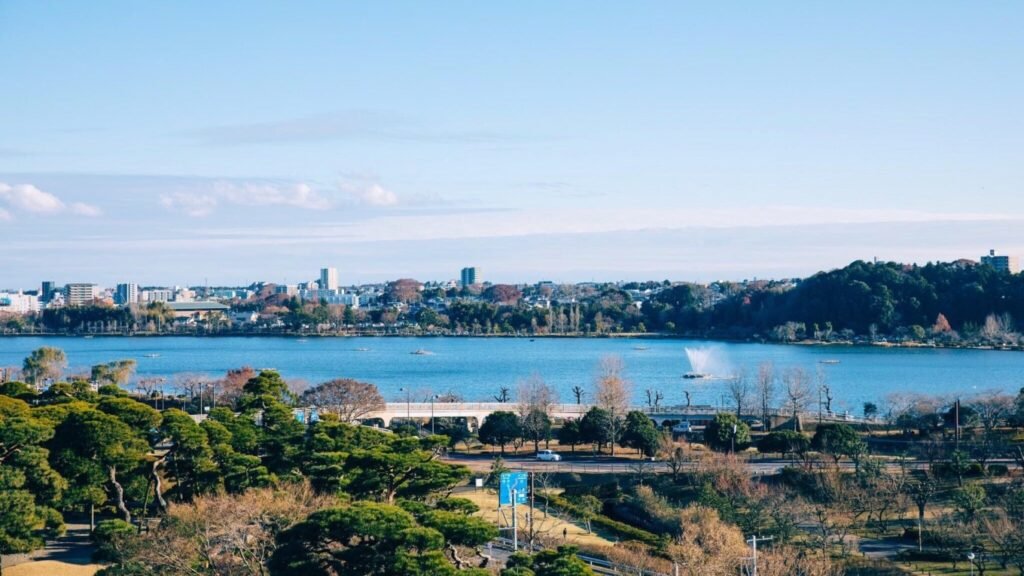

Hitachi Seaside Park
Hitachi Seaside Park is a national park located in Hitachinaka City, Ibaraki Prefecture. The park is home to a wide variety of plants and flowers, and during peak seasons, the blooming flowers blanket the landscape with vibrant colors. It is one of Japan’s most popular flower-viewing spots, featuring daffodils and tulips in April, nemophila in May, and kochia in October. Throughout the year, the park hosts different events based on the seasonal blooms, offering visitors a beautiful floral spectacle no matter the time of year.


Nakaminato Fish Market
Ibaraki Prefecture faces the Pacific Ocean on its eastern side, making it rich in seafood like abalone, rock oysters, and Pacific saury, with bountiful catches throughout the year. For those who love fresh seafood, this place is a true paradise. A must-visit destination is the Nakaminato Fish Market in Hitachinaka City, the largest tourist fish market in the prefecture and a hotspot for seafood enthusiasts. It’s about a 15-minute walk from Nakaminato Station, and you’ll know you’ve arrived when you spot the vibrant yellow building ahead.
Several shops near the entrance sell fresh oysters, each about the size of a human palm. We bought four and even got one extra as a gift. There are tables nearby with soy sauce and chopsticks for customers to use, and water buckets on the ground for washing hands — a thoughtful touch that adds to the experience.
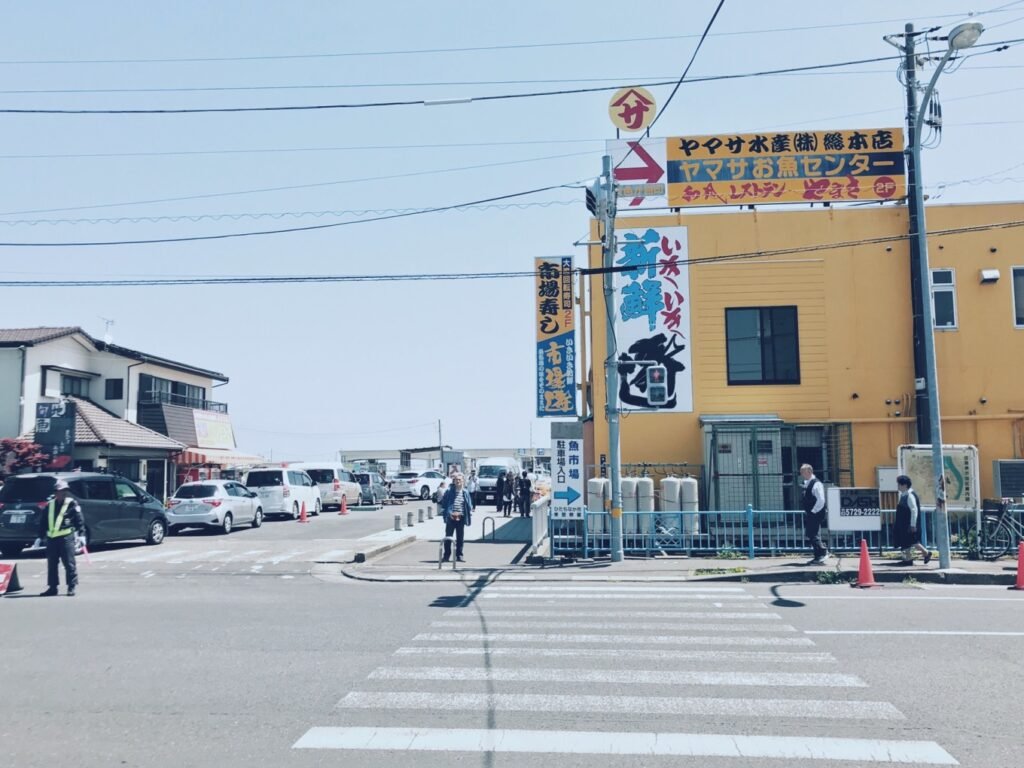
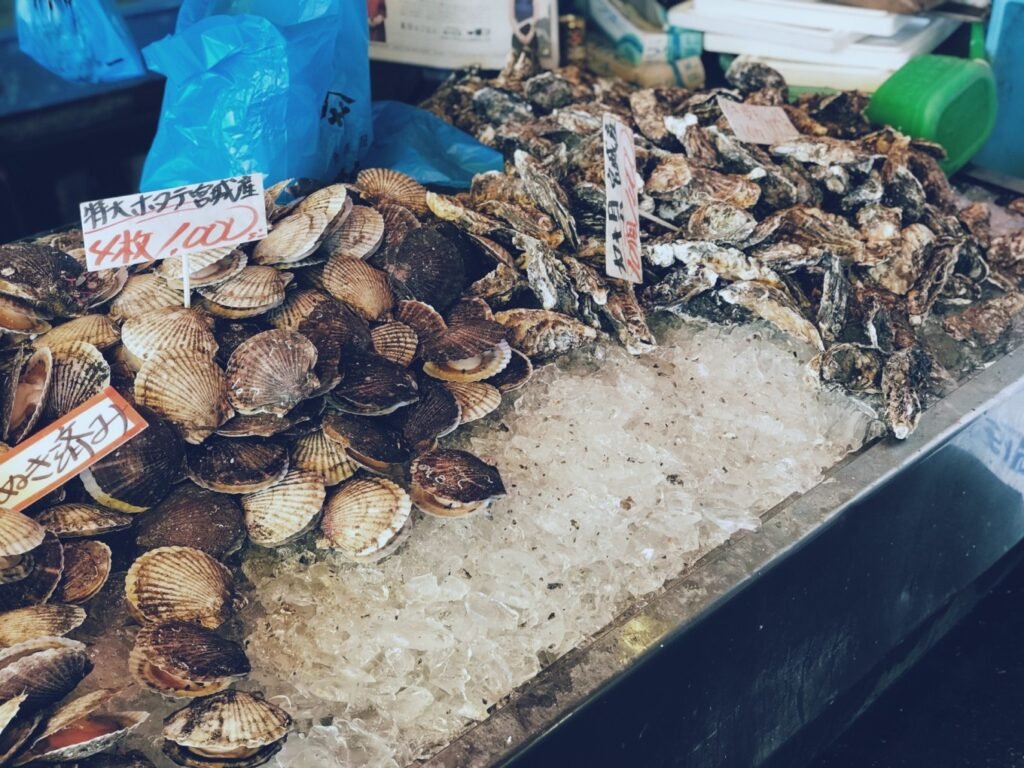
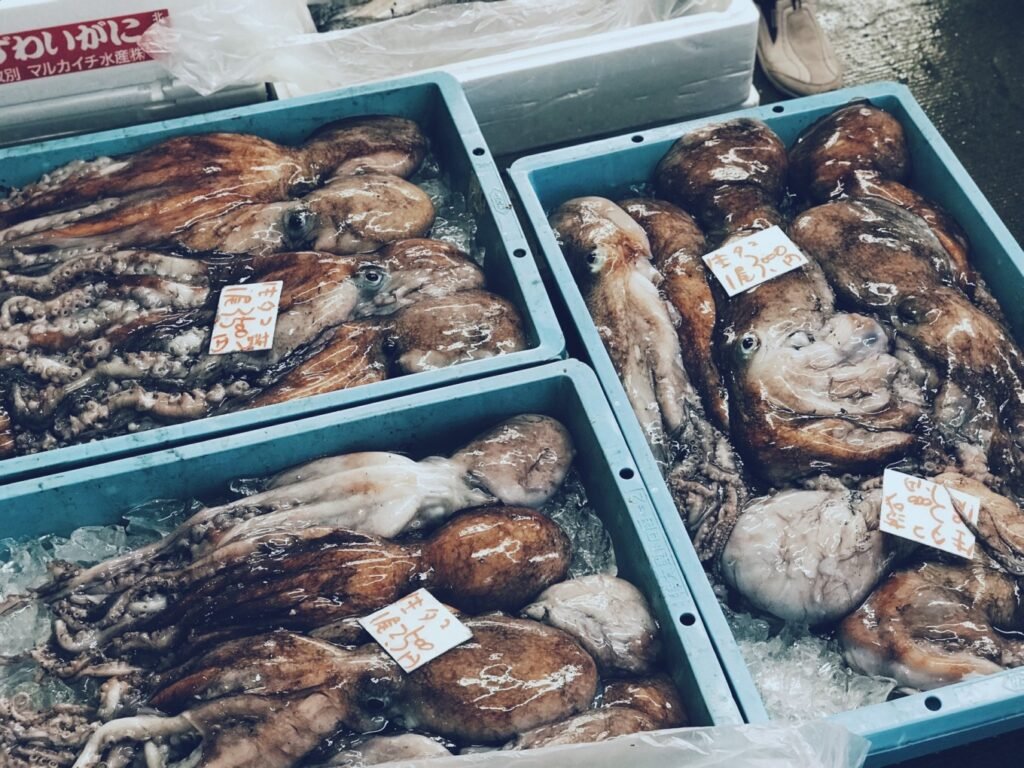
Oarai Coast
Oarai Coast is located in Ibaraki, Japan, and serves as a public beach, open for sunbathing and free to access. The beach is expansive, with fine sand and a clear coastline. During sunrise, the ocean surface reflects warm hues of orange and yellow, creating a stunning view. According to promotional materials, this beach is also recognized as Japan’s top-ranked accessible beach, offering excellent barrier-free facilities.
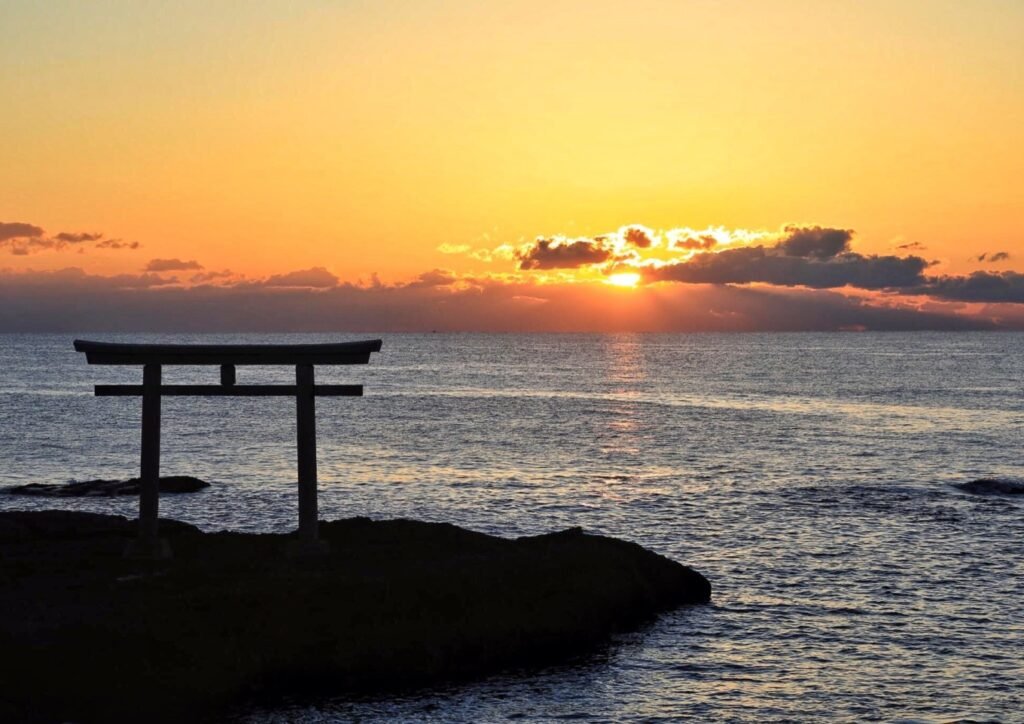
Oarai Isosaki Shrine
Oarai Isosaki Shrine enshrines the deity Ōnamuchi-no-Mikoto, also revered as Ōkuninushi. Together with the god Sukunahikona-no-Mikoto, these deities are said to have worked in harmony to create the land, bringing bountiful rice harvests and prosperity to the land of Mizuhonokuni. They also guided people towards increased production, thriving industries, and healing through medicine.
Ōkuninushi is deeply venerated as the god of medicine, fortune, marriage, and wisdom, earning the respect and faith of the people. Many visitors come to the shrine to offer prayers for blessings and well-being for their loved ones.

Ashikaga Flower Park
In 2014, Ashikaga Flower Park was selected as one of the destinations for the “World Dream Travel” list. The journey from Mito to Ashikaga takes two and a half hours, but it’s well worth the trip to experience this enchanting destination. During the wisteria season, the organizers thoughtfully add a temporary train stop between Fukuda and Ashikaga, making it just a three-minute walk from the station to the park entrance.
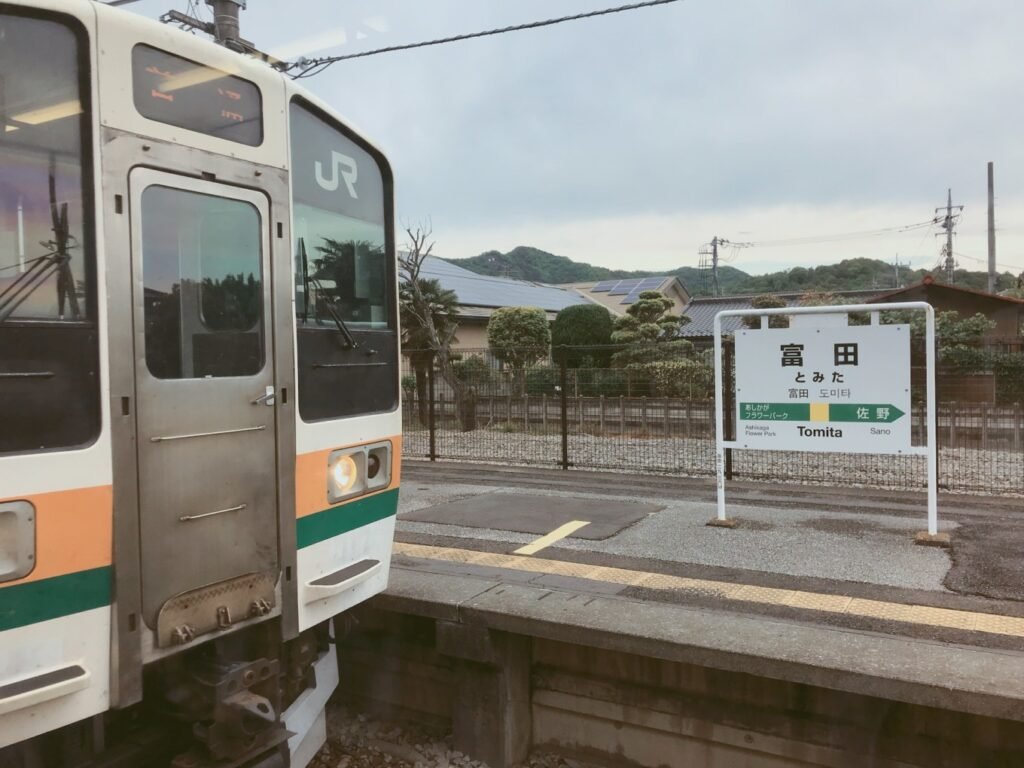
The wisteria bloom from late April to mid-May is especially famous. The fragrance of the wisteria fills the entire park, with a breathtaking 150-year-old grand wisteria covering 1,000 square meters. Its cascading purple flowers create a dreamy, waterfall-like spectacle that leaves visitors in awe.

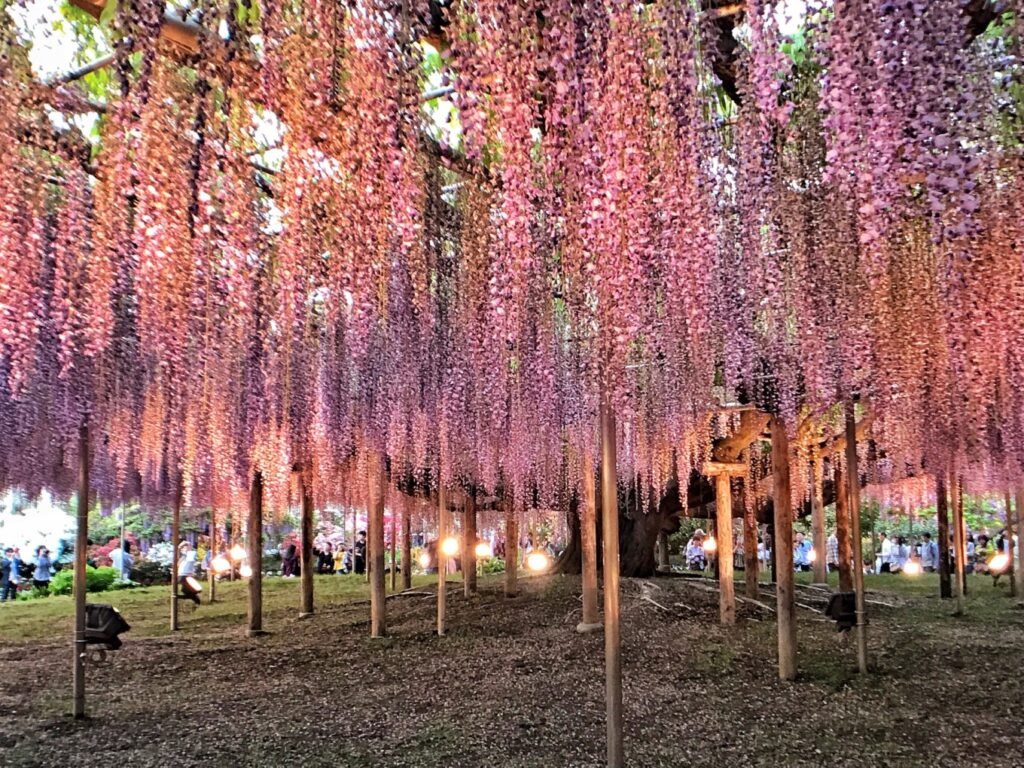
Impressions of Ibaraki
Ibaraki left me with an impression of simplicity, nature, and a sense of happiness and gratitude.
Although unexpected situations can arise during any journey, making it less than perfect, perhaps those moments of regret are just seeds planted for an even better journey next time, waiting to take root and grow.

